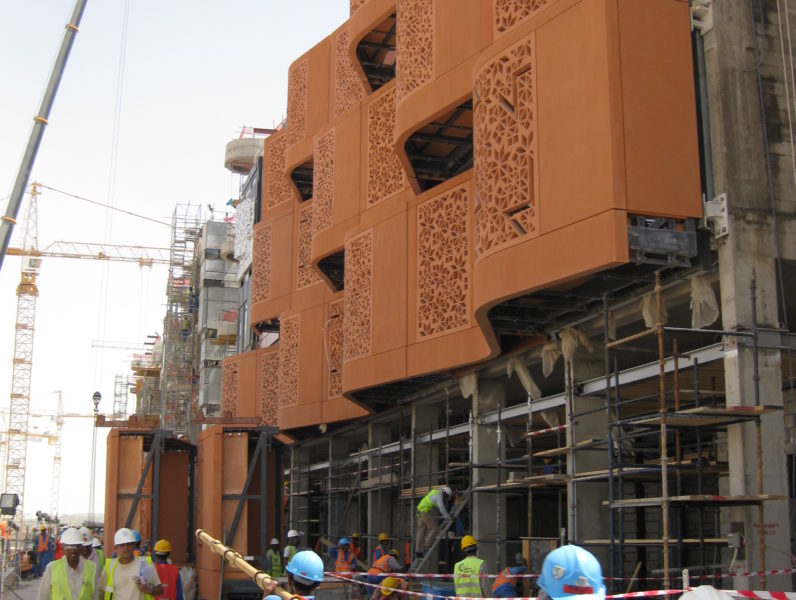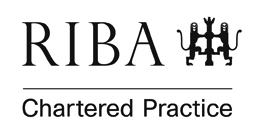DESIGN AND BUILD: GHOSTWRITING OR VALUE ENGINEERING? AN OPPORTUNITY FOR SMALLER ARCHITECTURAL OFFICES?
News
Following the Grenfell Tower fire there has understandably been a lot of negative comments in the architectural press about design and build. There is no doubt that the construction industry is now more fragmented and complex that it ever was which means it has become more difficult to control quality from one project stage to the next.
Traditionally the architect was the generalist and could see the entire picture but at the same time had depth of design, planning and construction detailing knowledge. In other words breadth and depth. No one else had these skills. It does however appear that large practices are becoming more and more specialised into either design and planning consultancies or executive architects focussed on delivery. Some practices are pushing away construction risk by not engaging in the detailed design of the building and leaving this to the contractor. These binary camps consisting of design on the one hand and construction on the other are not, in my opinion helpful in the long term for delivering quality buildings. The designer never gets the benefit of the feedback loops from the construction site.
The increasing specialisation of skills with the architectural profession is having an impact on procurement and the ability of architectural practices to deliver a technical design. Both contractors and architects have been complicit in agreeing to contracts on design and build projects where the architect is not engaged to complete working drawings co-ordinate the project. There is a mistaken idea in the industry that subcontractors will do the detailing and contractors will do co-ordination. Unfortunately this rarely works as subcontractors need quality information to begin their design and they are not great a resolving interface details. This type of design and build project, where there is minimal architectural input, becomes an exercise in ‘value engineering’ and the architect is another vendor in the supply chain.
The most successful design and build projects in my experience involve an intense collaboration between the client, the design architect and the executive architect. If design and build is the client’s preferred route, and the architect does not have the capacity or experience to carry out the detailed design (which appears to be more and more the case), then a collaboration with an executive architect is a viable way of delivering the building.
In an ideal world the executive architect becomes part of the team before planning, they become a kind of ‘ghostwriter’, working with the design architect and delivering the design vision. The executive architect is engaged pre-planning to make sure that the plant rooms and risers are the right size, and to create realistic zones for construction. When the project is submitted for planning everything is sized properly. Of course having the executive architect engaged pre-planning is the exception rather than the rule, however the key idea is to engage the executive architect as early as possible.
How much influence the architect has in a world of project managers is debatable, however it is up to architects to help communicate and plan a strategy for how the building is to be procured and the inherent risks associated with different procurement routes. Having a strategy for delivery right from the initial conversations around the table with the client could end up making all the difference in the long run. It would certainly improve the quality of the buildings.
Many smaller architectural practices are full of architects who have built both large and small scale work, in fact they are designing and building day in and day out. I believe the world of design and build is an opportunity for small practices with previous experience of larger scale work, who are not wanting to push away construction risk, to expand their field of operation, get involved and help deliver better projects.
Graham Ford Architects
Address Britannia House, 11 Glenthorne Road, Hammersmith, London W6 0LH
Phone +44 (0) 2087482024
Email info@grahamfordarchitects.com
GFA is a West London (Hammersmith) based architectural practice. We work for schools, sport clubs, commercial clients, business owners, developers, private clients and contractors. We are experts in gaining planning permission in Royal and Regional parks and in Conservation Areas through innovative design that delivers cost effective and inspirational leisure facilities.


